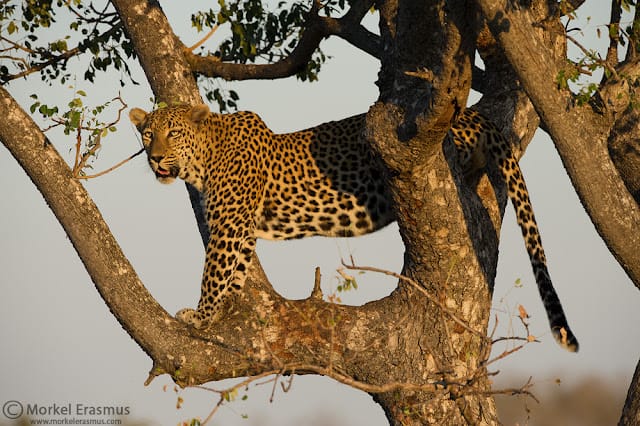We are, by nature, story-tellers. I don’t care what your chosen medium of expression is – a good chunk of people alive today want to tell their story in their own way. This is also true of wildlife photographers. But what makes for better wildlife story-telling? I often conduct workshops to inspire other wildlife photographers to tell better wildlife stories.
This is the first of a series of posts here on my blog where I will delve into some of the principles I discuss during these presentations. My hope is that it will inspire you to look at your own photographic voice and style, and try to steer away from just taking the same photos you’ve always taken, and the same photos that everyone else is taking.We’ve all got our photographic muse when it comes to wildlife photography.
Not everyone is lucky enough to live on the continent of Africa, but some who don’t live here are able to travel here on safari frequently. Nevertheless, for some it will be the polar bear, for others the tiger, for some it might even be the carmine bee-eater or the orca.
It doesn’t really matter – what matters is – are you able to convey something about that favourite species of yours through your photography? Are you able to show people not just what they would physically see in the frame of your photo, but also show them what else there might be?
I like to be able to show my viewers something about these fascinating subjects I get to photograph. Something deeper than the merely obvious. I like to show them something about the essence of the subject. The essence of the beast, as it were.
Case in point: the leopard. Who doesn’t love leopards? While they are certainly my favourite big cat to be able to photograph, they are definitely not the one I most often see. Why? Because of their nature. Because of what leopards are: Elusive, Secretive, Mysterious, Powerful, Seductive, Stealth, Silence, Vigilance.
You get the point? But do most photos of leopards in the wild show this? Sure, it’s great getting a chance to photograph a leopard in sweet light, lying prone on an open tree branch or termite mound, fully cooperating with the photographer. You can get plenty of those shots if you go to the right reserve/national park at the right time, and you have some luck on your side.
Yet, after seeing hundreds (if not thousands) of those photos in the photographic communities/forums that I am involved in – it has become rather “meh” to me. What I am now looking for constantly is that image that shows off the qualities of this predator that I have listed. Or any other quality that’s not obvious when doing a simple Google search for leopard photos.
In order to get those shots, you might need to forego your desire to have that golden light, with the cat on an unobstructed perch. Consider this image. Does it not say infinitely more about the enigmatic leopard than the one I posted higher up in the post?

I will now “drop the mic”, and leave you be until the next post…
Morkel Erasmus
I used to relish writing these kinds of “bio” pieces and would flaunt the odd impressive word and use dashing grammar to make it sound like I am a boundary-shifting photographer. These days I prefer stating it in much simpler ways, much more relatable ways, much more believable ways… The fact of the matter is this: I love Africa. I love its people, its wild places and its wildlife. I love being immersed in these places, observing and photographing the fall of light on the land and the daily lives of the creatures that call it home, and presenting the results to whoever will take a look. To me, nature photography is all about being in the moment, and capturing that moment in a way that can relate to someone who didn’t have the privilege of being there with me. Sometimes I am able to capture a unique vision of the scene before me, and sometimes I just capture it the way most folks would according to classical photographic guidelines. Yet I always enjoy sharing the images and experiences and imparting the knowledge I have, both in-the-field and later online or in presentations, workshops and courses. I also just simply enjoy capturing and sharing the beauty of God's creation! The greatest thing I’ve found about wildlife and nature photography in Southern Africa is the unity and familiarity of the community of people that share this passion. We come from all walks of life and all cultures and backgrounds, yet our passion for our natural heritage and our dream to see it preserved for future generations binds strangers together and fuels conversations around campfires long after other people have run out of conversation and energy. Join me on a WildEye adventure to experience this sharing community spirit and learn to anticipate that fleeting moment and be ready for it, learn to immerse yourself in the experience without losing focus of your photographic goals…and above all, learn to see Africa anew… because there are none as blind as those who look but do not see!
- Web |
- More Posts(111)


Leave a Reply